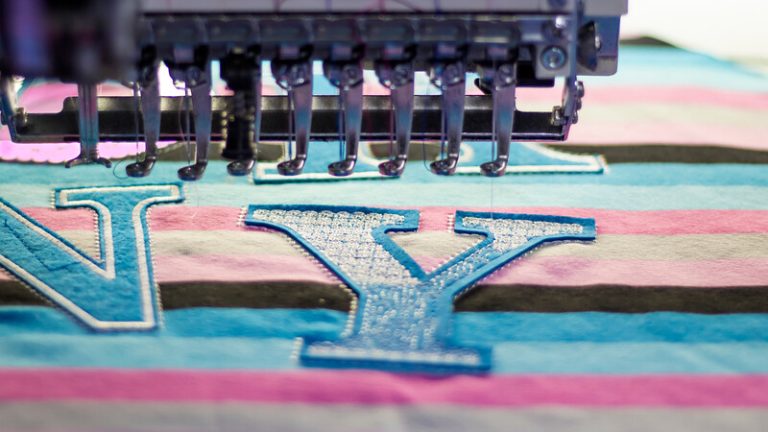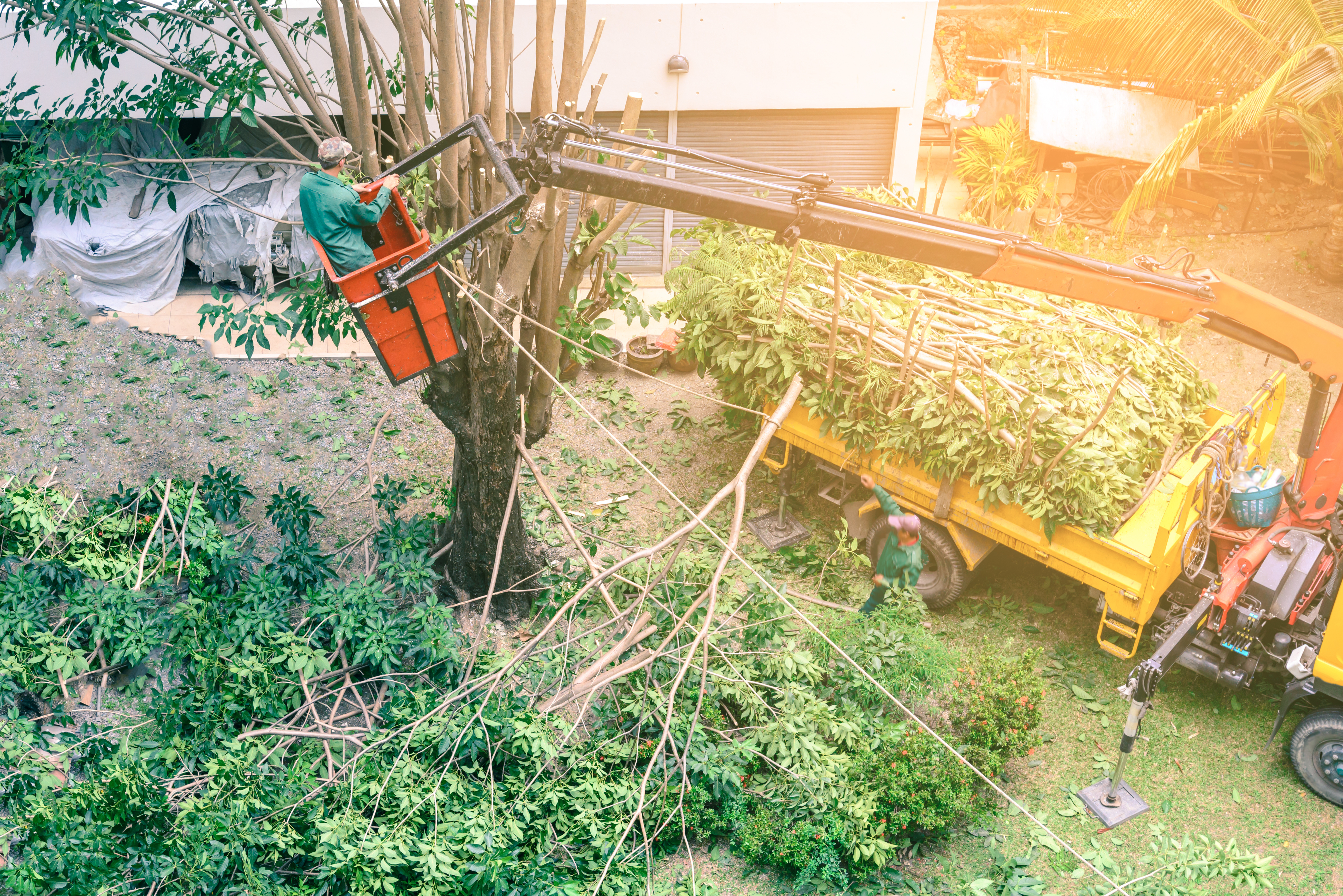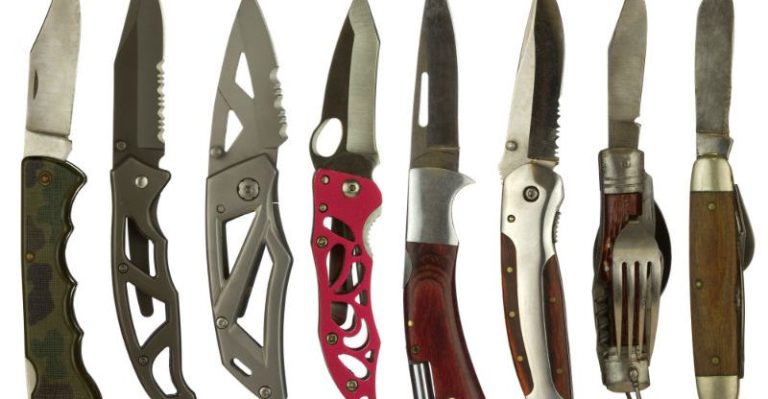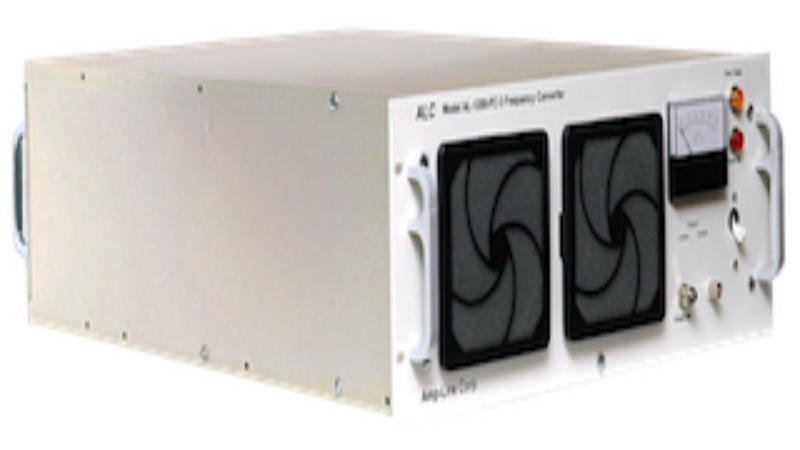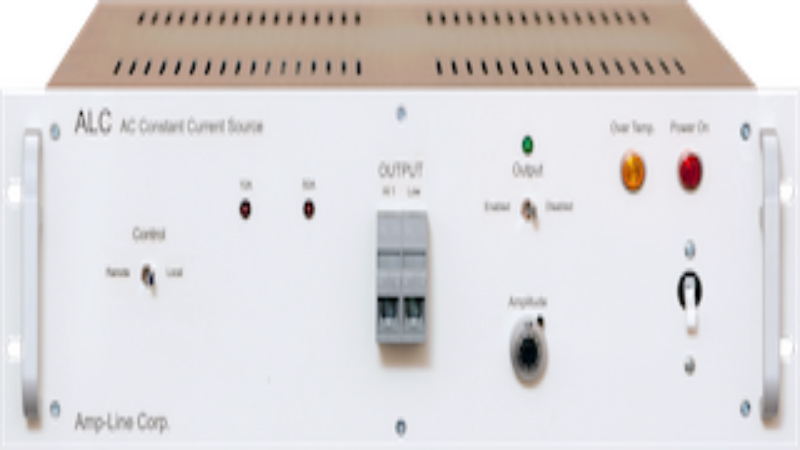FFC stands for Flat Flexible Cables and FPC stands for Flexible Printed Circuits. In the early 1970’s flat, flexible cables were used as a standard interface to toggle between printed circuit boards. FFC was still an emerging cabling system with only two methods: Direct Solder for a permanent connection for low-cost applications and Crimped Contacts for separable connection for high-end plug-ability. Earlier FFC methods were not as effective as engineers needed them to be. With consistent research, in 1986 a company developed the first card edge style connector that partnered perfectly to the FFC.
FFC/FPC Composition
FFC-FPC connectors have their unique design, as follows:
* FFC – flat, flexible cable is designed with thin rectangular copper conductors, which are laminated between two polyester insulation layers. The copper conductors are left open on each end, then are tin plated to make electrical contact with the connector. A sticking substance is bonded to the end cable, which provides mechanical stabilization for the exposed copper conductors during matching and un-matching.
* FPC – flexible printed circuit is nearly a twin in construction to the FFC. The difference is that a copper film is chemically engrained to produce a specific pattern. Even though these circuits are custom made for each application required, various shapes and geometrics can help to solve tough packaging problems.
FPC Features
Features for FFC-FPC connectors are what many manufacturing companies use to terminate a wide variety of flexible cables and printed circuits to an industry’s exact specifications. FPC connectors are equipped to provide FlexStrip Jumpers and Ribbon Cable for the assembly and maintenance of all types of electrical systems. FPC custom terminations can solve interconnection problems by using flexible circuitry. The FPC features include:
* Aesthetics
* Dynamic Flexing
* Flat Flexible Cable (FFC)
* Insulation materials – Kapton, Mylar, and Teflon
* Reduce assembly costs
* Reduce weight and space over traditional round wire harnesses
* Replace circuit boards and wires
* Solve packaging problems
* Thermal management and high-temperature applications
FFC Features
As flexible as FFC-FPC connectors are, the FFC cable can be folded into varying shapes, and it has a high life cycle for board-to-board jumpers. FFC features include:
* Copper conductors rolled flat for high flex life.
* Available as blunt-cut, stripped and tinned for ZIF connector or terminated with solder tabs, pins or receptacles.
* Choice of conductor pitches accommodates a variety of PCB hole patterns.
* Insulation is polyester that is permanently laminated to the conductors.
* Cable assemblies may be “connector sized” to mate with industry standard headers.
* EMI/RFI shielding is available either in the form of a jacket placed around the cable or of conductive ink printed directly on the cable’s insulation.
* Custom Flexstrip® Jumpers.
MN Electronic Components Company
For over 25 years Gopher Electronics Company in Saint Paul, MN, has been a recognized leader in Flat Flexible Cables (FFC) and Flexible Printed Circuit (FPC) termination. Gopher Electronics Company is a stocking distributor of electro-mechanical components and value-added sub-assemblies. Gopher Electronics Company also offers services which include design assistance, drawing and spec development, prototyping and testing. Their experienced custom products team can assist with new design, modifications, and retrofits.

